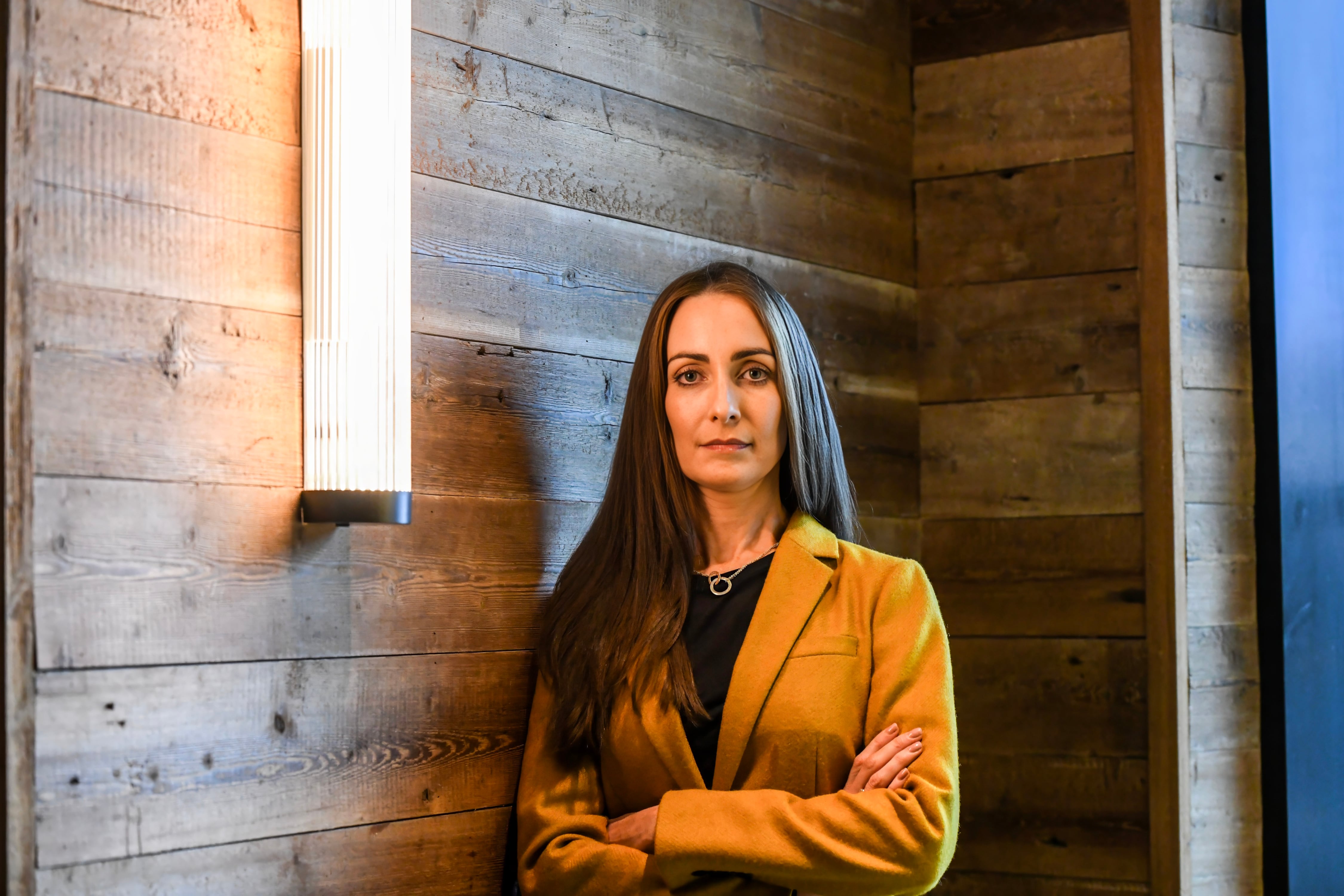The pandemic showed us that many industries can carry on as normal – or almost as normal – with a workforce based at home. For those happy to stay in the home office, a fully remote or hybrid model is preferable but already tensions are mounting as employers urge – or mandate – employees to return to the office at least a couple of days each week.
These new workplace arrangements are still being teased out in many organisations, with management realising a hybrid model still requires some tangible structure. But flexible working is something many workers are reluctant to relinquish, and many are refusing to return to long commutes, even if they miss the office camaraderie. Some commentators say it has the potential to become a competitive differentiator in the jobs market.
We are all still settling into what is the new workplace normal, admits Ita Langton, technology consulting partner with Deloitte.
“For many sectors, in-office is the only option given the nature of the work that they do,” she says. “For those with flexibility, I think the new workplace normal is continuing to evolve and teams are looking to find the pattern that works best for them, our people and clients.”
READ MORE
The hybrid model is an attempt to strike a balance, but this brings its own complexities, Langton says. “Hybrid has the potential to offer the best of both the remote and in-office worlds, but work is still ongoing, and we are supporting and empowering our talent to find the balance between both.”
Some sectors are managing this transition better than others; Langton works predominantly with IT teams in public-sector organisations, and she says they are being truly innovative when it comes to hybrid models of working that work for everyone.
“In my experience, they are leading the way in evolving hybrid for their organisations taking many views into consideration,” she says. “Public-sector organisations offer individuals a great career in terms of growth and purposeful work and having hybrid working as an option for some public-sector roles makes them very attractive workplaces.”
There are still some tensions over the return to the office, no matter what form it takes, says Mary Connaughton, director of CIPD.
“Overall, most employees have accepted that they have to spend some time in the office,” she says. “The tension seems to be in relation to feeling you are being forced to be in a set number of days each week and especially when it goes up to three days a week.”
In many cases, the ad hoc working arrangements that had emerged during the pandemic are finally being formalised. “Companies are finding that having people select their own days here and there just isn’t working,” explains Connaughton. “They are trying to bring in more collaboration by saying that the whole team has to be in every Tuesday, for example, or they have to be in two days out of Tuesday, Wednesday and Thursday. Most people seem to be open to going in for two days but getting everyone in for three days seems to be harder to do.”
A full return to the rigid nine-to-five, five-days-a-week office life looks unlikely, however. Connaughton says that, in the main, employees have earned more flexibility by clearly illustrating no fall in productivity during a protracted period of working remotely. This is helping companies to retain talent, who feel that their needs are being taken care of. “In the workplace employees do have more flexibility than they would have had pre-pandemic and that is helping some people stay put,” she says. “Companies are asking ‘how do we keep people or attract people?’, and one of the answers is giving people the flexibility they want or need.”
Newer ways of working are also being introduced to satisfy the employee demand for flexibility. Connaughton says a new trend has emerged, particularly in sectors such as hospitality and distribution, whereby staff can choose their own shifts, “pre-booking” their chosen shift using online tools. “This is linked to the difficulty in getting staff, given that the labour market is so tight,” she explains. “So, if flexibility is an issue for people, then they are being offered the option of choosing which shifts they wish to work. It remains to be seen how successful this will be but certainly we are seeing some examples of that beginning to come through.”














